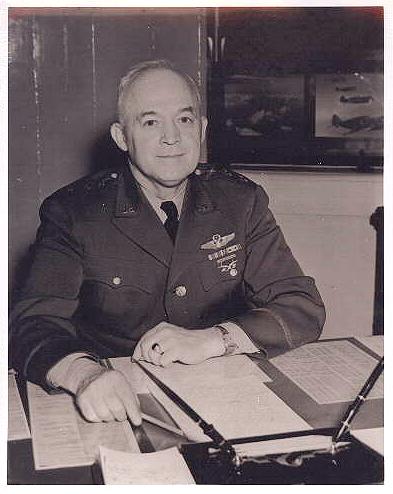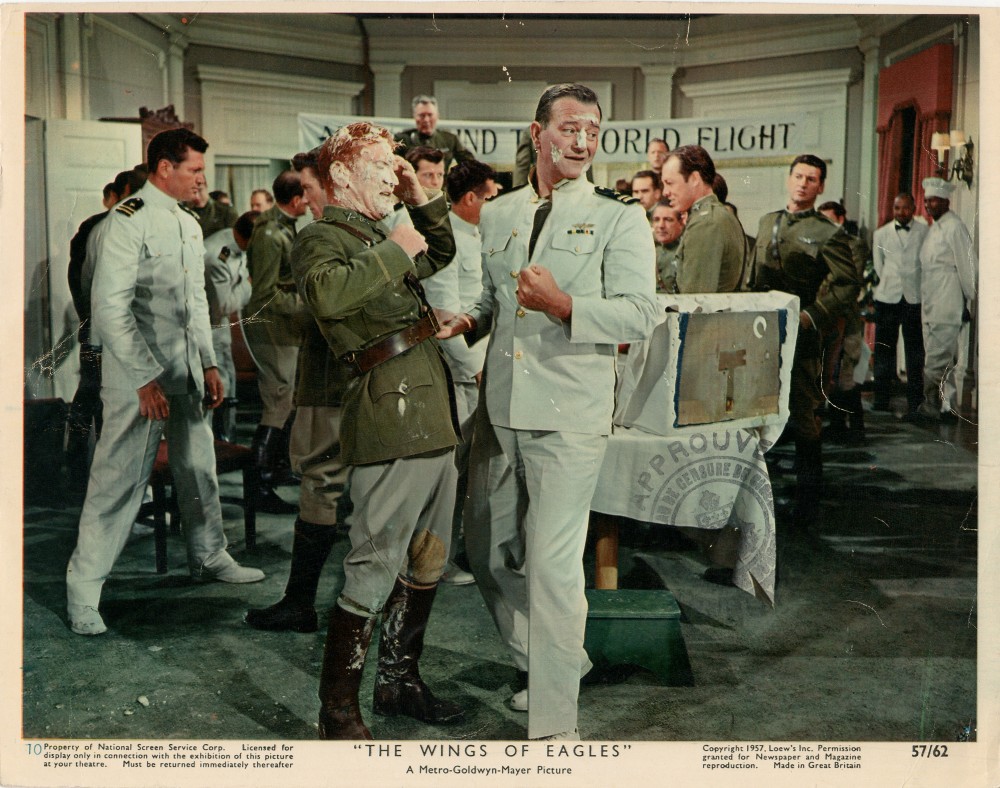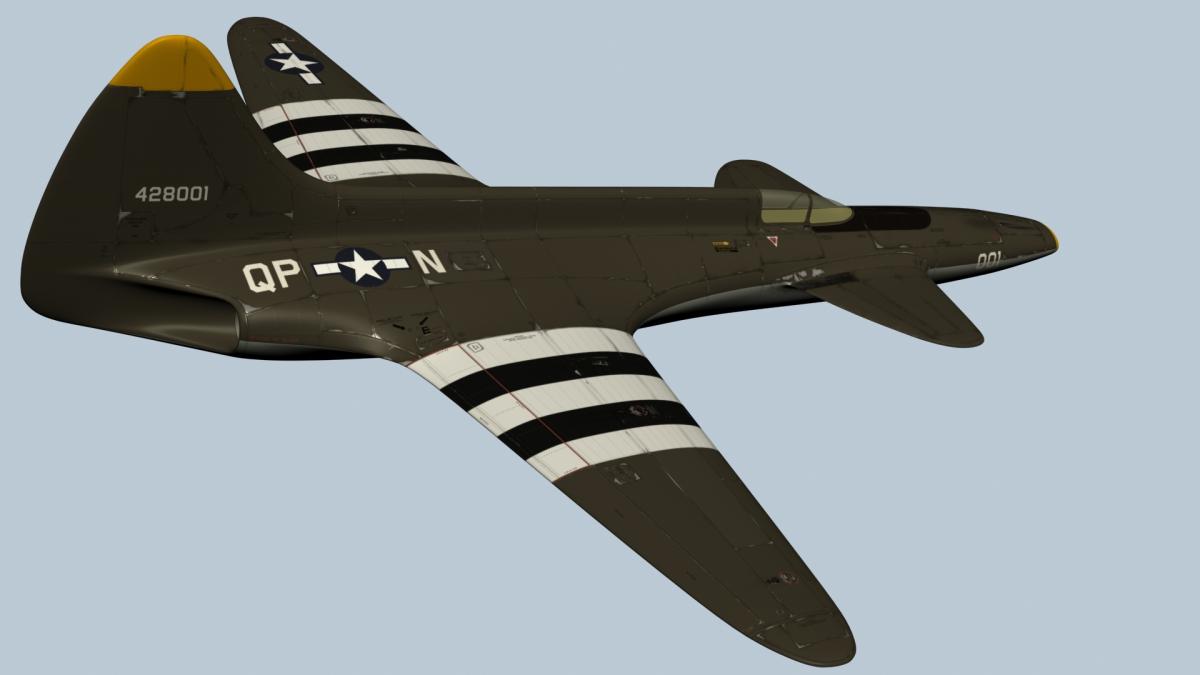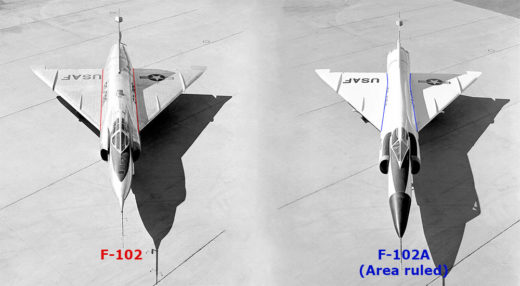US aviation tech was behind?
Can't argue the US wasn't paying attention but the US aviation industry was behind too and even before you get into service bias' on things (Navy wanted radials, Army wanted liquid cooled, manufactureres tended to offer them what they knew the customer prefered) they had gotten rather used to low number buys and waiting to see specifications before prototyping. It wasn't till the mid-30 everyone got nervous enough to really push the advances. Actually it was a repeat of pre-WWI US aviation research and development for government aircraft.
The US aviation industry was fine, best in the world as of 1935. It was the USG that was not paying attention. Otherwise North American would not have been able to do in 90 days what it took Supermarine 10 years to do. P-51 was American research applied. (NACA helps here, so someone USG was doing their job.)
2 engines versus 1.
This is an important point since the F5F takes up more room than the F4F. As noted "Saratoga" was aimed at going into the battle for Wake with only 13 fighters which while 'technically' only three aircraft short but is still operationally disadvantaged. Operationally during WWII the Sara fluctuated with an offical complement of 78 aircraft her totals tended towards 90 during the war. The usual mix seems to be 36 fighters in two squadrons, 36 SBDs in two squadrons and a single squadron of TBFs with 18 aircraft. So if there are two squadrons of F5F fighters with a total of 24 aircraft, (12 per squadron) that meets the minimum stated for CAP and escort. There's another way to bolster the numbers if we can get the F5F used in a dive bombing role along the line but that's for later.
Did you watch Norman Friedman discuss naval aviation? Before radar it was recon followed by first strike to dedeck the enemy flattops. After radar, suddenly fighters as interceptors become urgent for fleet defense, especially as the IJN proves better at air recon than the USN.
Now about specific workloads, deck-parking spots and all the rigmarole that plane maintenance teams and flight deck crews have to figure out? That is two engines, two whirling airscrews, a nose gun pack, twice the oil, twice the mechanical fittings, twice the engines to turn over, 4x the electrical and hydraulics, and a pilot even more befuddled than the one who's trying to line a Brewster up for take-off?
----------------------------------------------------
The Buffalo as a piece of crap.
As I noted it wasn't that clear for the Buffalo and no the Navy specifically originally wanted it for carrier operations. Once Grumman offered the F4F they jumped on it, but that wasn't the case in 1935 so the went with what they could get at the time.
And as I noted, by 1939 the USN knew it was a piece of crap. By 1940 they were being cheated by the Brewster Aeronautical Company and they knew it. By 1940 if Grumman had shown up with the F4F (They did, at least on paper.) and guaranteed a fixed contract with 500 planes delivered, the USN would have jumped at it. They didn't because: (reiterated);
a. Towers muffed the detail work.
b. New York had "pull".
2 engines vs. 1.
Yes but it's doable if you choose to go that route. Leaps of a similar nature happen all the time and were in fact rather constant during the time period. It's a trade off.
But the USN did not want 2 engines (see above.). Not until Grumman had proved concept. And proved THEY were a company that produced results.
Tradeoffs and requirments, everything else feeds into those of course but sometimes the "needs" can outweight the outside factors. As I noted the requirements for the quoted Army Air Corps circular were pretty fantastic, (on purpose mind you) and industry stepped up to the challenge. But that was the late-30s and everyone KNEW war was around the corner when in the early-30s it wasn't so clear and the budget limits meant being conservative was safer.
The AAC was well aware where the ultimate problem lay and it was not solvable by 2 engines versus 1. It was solved by making a better engine period. WHY do you think I spent so much time on the hyper-engine? Your technical bottleneck is kilowatts, not air frames with 1 or 2 engines. It is just that instead of telling private industry you want an engine that can do ~ 2 kw/kg/cm^3 displacement (JET engine BTW) in 1935, you have idiots at Wright Patterson puttering around with their bench model proof of concept "toy" for ten years that does not really get serious until 1938.
I might tell you THIS and make your blood really boil.
That is before Mr. Whittle. Might point out sourly that
the leader in turbo-superchargers on the planet was the United States. Hop, skip and a jump. Who are the opie-dopes who missed that one?
Allan Haines Lockheed
And THAT guy. I could just cry.
Finns and the F2A
Note the Finns also ripped out a bunch of the armor THEY had specifically required to be built into the airframe in order to improve the performance and also replaced the 'standard' .30 cal machine gun, (again something they'd specifically requested) in favor of another .50 cal for more punch. The Navy and Marines never did anything like that so of course their performance was worse. Against the Japanese the difference would have been marginal at best but it would have been something.
I think I mentioned that the Finns were able aircraft operators?
Not sure how you mean that first part as only ONE small segment of the USAAC was responsible for the circular note and it was specifically to get a long-range, high performance heavy fighter which the main (bomber mafia) part of the USAAC were dead set against seeing developed. If on the other hand you mean they were both fighting their own services and well as each other... Well yes that was a thing too though the US was clearly less bloody about it in reality.
Really?
Hollyweird noticed it.
Service requirements.
The USNAS had a bunch of conflicting requirements, (especially when you added in the Marine needs) which oddly enough were also very gray in areas that had only been gamed and not really operationally developed. (Dive bombers were seen as the carriers 'guns' while torpedo planes were, well the torpedo launchers and then the fighters were needed to not only prevent the enemy from "doing unto me" but also needed to escort the DBs and torpedo planes. And since it wasn't clear yet how effective either DB's or Torpedo planes were going to be some effort was aimed at making them third-line fighters if need be which worked about as well as you'd think that would. It wasn't till very late in the war that the idea of combining jobs into a single airframe began to coalesce and in fact that's still not really the optimum but does make efficient use of the available space.
Dive bombers were seen as mission killers for flattops and as means to precision rub out a fixed enemy positions on land. Torpedo planes were supposed to sink ships and gas enemy airfields with mustard. Both were supposed to scout. Dive bombers were given limited air to air (forward guns) because
it was expected they would have suppress AAA. NWC stuff figured out and proved in the fleet problems.
Bridge loads.
Yes but most of the load is 'center-line' loading shared between fuselage and wing which COULD take a heavier loading. The numbers are based on that from the F7F with a mix of the F6F and other standard WWII fighter load outs as assumed. As I understand it the loading limit you're quoting is, (in this case) outside the engine nacelle loading. I'd be VERY surprised if the F5F couldn't carry at least the load of the P-38 on the center-line.
That is not how airplanes work. Bridge load means too much concentrated weight hanging from a point along a length of span of lift and... SNAP. Center off the barrel makes no difference in this at all. The load limit for an XF5F centerline was about 400 kgs, that was it.
P-38 was a bigger plane with a much stronger wing.
Same was done with the P-38 as the quote is pretty much a direct rip-off from wiki. It is redesigned and rebuilt much as the P-38 was over time.
You don't have time to Mickey Mouse, and as I noted, the P-38 is a much bigger plane.
So using Mixmasters would have been more efficent than using B-29s or B-17s?
Oh hello yes. Even gives you the option for drogue refueling.
It's kind of a given that as the F8F, (should be F6F Hellcat) arrived the F5F was taken out of front line service and that's what I note in the piece. It takes a bit because they are doing is replacing it as a fighter but using it for other duties which I don't go into detail about but considering it can carry bombs and torpedoes I thought was obvious.
It might be able to dive bomb, but it won't be carrying any torpedo.
You could actually argue they did and then ignored it

After all they built the B-47 in large numbers but wanted bigger and more bombs so built the B-52. Here's where further development of in-flight refueling during the war would have changed quite a bit but as it was aircraft like the B-36 were driven by the idea that ONE bomber would have to carry both a large payload a great distance but also all the fuel needed to do the entire mission.
1. The B-36 came before the B-47, so the USAF went; "We goofed!"
2. Aerial refueling is a thing. Without it, the B-52 is a 1 way suicide mission.
3. Aerial refueling even with the B-36 would have been a thing.
4. The B-36 by 1944 is a 1 way suicide mission. Thank Murphy the B-29 did not have to face the Luftwaffe!
More colorful, live fast, die young and leave a beautiful corpse and all that compared to quietly getting the actual job done. On the other hand there's a reason fighter pilots today still learn how to turn-n-burn and pay attention to your energy state so its not clear cut.
Meet Rene' Fonck's favorite modern fighter...
"Get in unseen/undetected/unacquired, launch, and GET OUT." System of systems, not harem scarem "lookie as I turn onto your tail and sparrow your behind!"
McP.




